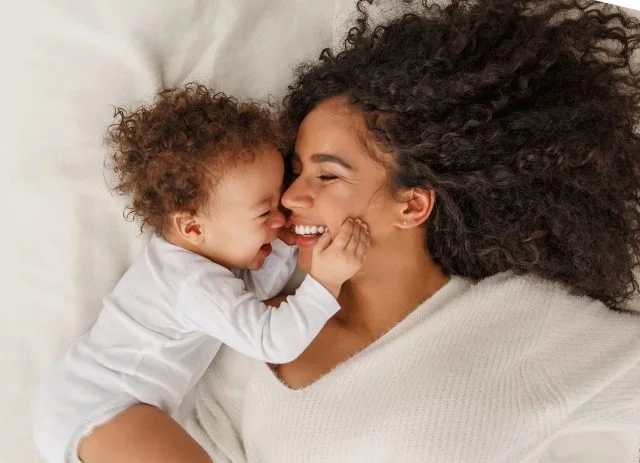
How Many Kids Will 30-Somethings Have?
U.S. fertility is already at record lows, and women in their 30s have had only 1.3 children on average – well short of their expectations for more than two children.
But they still have time left on their biological clock. So, will they catch up?
Several factors are working specifically against the college graduates in this cohort. Religiously observant people usually have more children, and the decline in religious affiliation is reducing their fertility. Their fertility is also being hurt by the falling marriage rate, which leaves fewer couples ready to raise a family. In addition, the women’s careers often compete with having children.
In a new study, Anqi Chen and Nilufer Gok at the Center for Retirement Research predicted that the final fertility rate for Millennials in their 30s – the rate at the end of their childbearing years – will average 1.96 children.
If this prediction proves accurate, it would get them somewhat closer to what they’d expected and close to the number of children required to replace two parents.
Predicting the final fertility rate for the Millennial women born in the early 1980s required going back in time to analyze the established patterns of a generation that is now past its childbearing years: women born in the second half of the baby boom wave. The researchers applied what they learned about these late boomers and, after adjusting for recent trends, estimated final fertility for today’s 30-somethings.
The 1.96 fertility rate sounds encouraging, but that number applies only to these Millennials. The longer-term prospects suggest fertility may be lower in the future.
Women who are in their 20s are already expecting to have fewer children than their 30-something counterparts did at the same age. And, the researchers said, the “economic instability due to the pandemic” could further suppress their fertility rate.
To read this study, authored by Anqi Chen and Nilufer Gok, see “Will Women Catch Up to their Fertility Expectations?”
The research reported herein was derived in whole or in part from research activities performed pursuant to a grant from the U.S. Social Security Administration (SSA) funded as part of the Retirement and Disability Research Consortium. The opinions and conclusions expressed are solely those of the authors and do not represent the opinions or policy of SSA, any agency of the federal government, or Boston College. Neither the United States Government nor any agency thereof, nor any of their employees, make any warranty, express or implied, or assumes any legal liability or responsibility for the accuracy, completeness, or usefulness of the contents of this report. Reference herein to any specific commercial product, process or service by trade name, trademark, manufacturer, or otherwise does not necessarily constitute or imply endorsement, recommendation or favoring by the United States Government or any agency thereof. This research was conducted with restricted access to Bureau of Labor Statistics (BLS) data. The views expressed here are those of the author and do not reflect the views of the BLS.
Comments are closed.







“The 1.96 fertility rate sounds encouraging.” Not if you have ever been sat next to a mewling brat in coach for six hours.
Why is the assumption that having more babies is better? The planet seems to be at carrying capacity. What would be so bad about stabilizing the population relatively soon?
Wow!
I think birth control might have something to do with it. My generation didn’t have that. I will say having children was the greatest part of my life! And now that I am old, I appreciate them even more.
I don’t know how old you are- I assume you were too young to have been sexually active in the 1920s. The birth rate collapsed after WW1 and was very low throughout the 1920s and 1930s. I don’t know what they were up to in the back of their Model Ts but it likely carried a risk of procreation. They may not have had the pill, but best available technology did the job.
With a lower fertility rate, have the factors affecting the number been identified?
Yes Kasinohai – The researchers attribute the sluggish fertility rate mainly to college-educated women. Fertility is being affected by falling religious affiliation and lower marriage rates. Plus, kids interfere with the careers of college-educated women.
Thanks for reading our blog!
Honestly, I am not sure what this article is getting at. Of course birth rates are lower. I don’t think it is strictly by choice. In order to have a family in today’s society, having 2 incomes is almost required. We don’t live at a time in history where one income will support a family of more than 1 child. If two incomes are needed to support a family it would make sense that there is less time to raise a child. There was a time when 1 income could provide for a very large family – 3 or more children – but we don’t live in that time anymore and to not address this in the article is missing a very key component of the reason birth rates are low. I would also like to add that women and men of today are are both making this decision together – it’s not the man or the woman deciding to have children – it is more of a joint decision today than it ever was in the past.